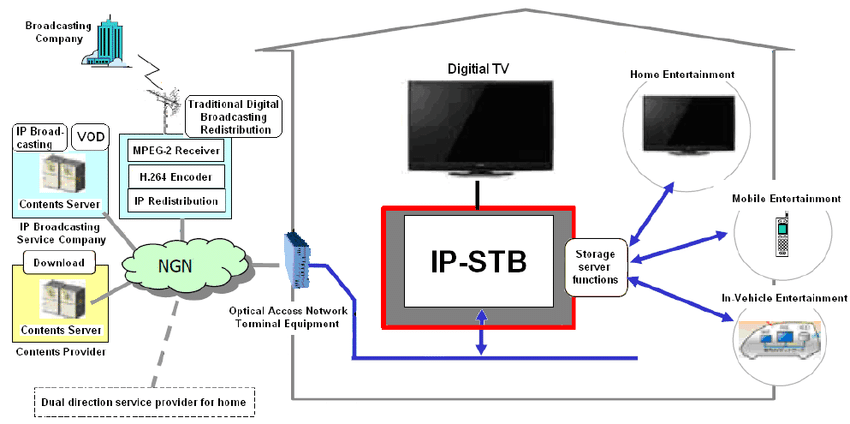Introduction
The CATV (Community Antenna Television) system, commonly known as cable TV, is a technology used to transmit television signals to subscribers through coaxial or fiber-optic cables. Originating in the 1950s, CATV was initially developed to improve TV signal reception in areas with poor broadcast reception. Over the years, it has evolved to offer a wide range of services, including high-definition television, internet access, and more.
How CATV Works
A CATV system consists of a central headend, where television signals are received, processed, and transmitted. The signals are then sent through a network of cables to individual homes. Subscribers use set-top boxes or cable-ready TVs to decode these signals and display the content.
Components of CATV System
- Headend: The central hub that receives and processes TV signals from various sources, including satellites, local stations, and streaming services.
- Transmission Network: Composed of coaxial cables, fiber optics, and amplifiers, this network carries the signals from the headend to neighborhoods and homes.
- Distribution Network: Splits the signal and distributes it to individual households.
- Subscriber Equipment: Includes set-top boxes and cable modems that allow users to access TV channels and internet services.
Advantages of CATV
- Reliable Signal Quality: Cable TV provides a stable and consistent signal, unaffected by weather conditions.
- High Bandwidth: Supports a large number of channels and additional services like internet and phone.
- Versatile Services: Offers not only TV channels but also broadband internet and voice services.
Challenges of CATV
- Installation Cost: Requires significant infrastructure investment, including the installation of cables and amplifiers.
- Limited Flexibility: Unlike satellite TV, coverage is limited to areas with cable infrastructure.
- Maintenance: The extensive network requires ongoing maintenance and can be costly to repair.
Modern Applications
Today, CATV systems do much more than deliver television channels. They serve as a backbone for broadband internet services, enabling high-speed internet access in millions of homes. With the integration of digital technology, CATV systems now support video on demand, interactive TV, and more, making them a crucial part of modern communication networks.







